It was one of the most ambitious cultural moments of the 20th century. On July 13, 1985, Live Aid wasn’t just a concert – it was a seismic event of global empathy, amplified by television signals and FM radio waves across continents. Queen, U2, Bowie, Elton John, Tina Turner, Paul McCartney – all on one day, across two continents, with one message: the world is watching, and we care.
Words by MenWith The Journal
Photography: Andrew Catlin & Michael Frick
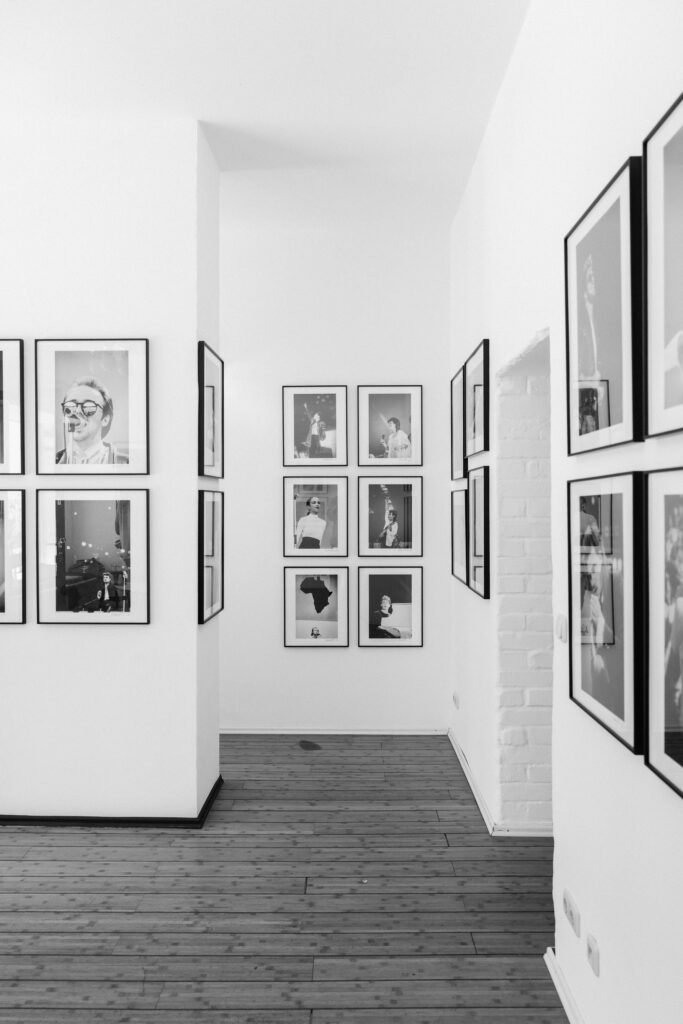
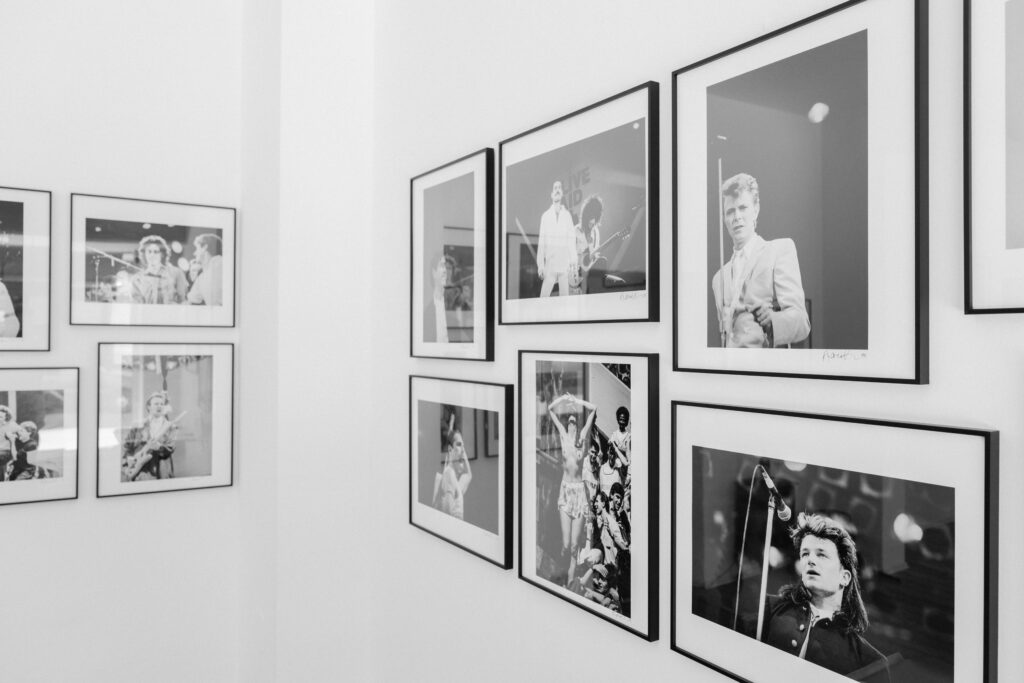
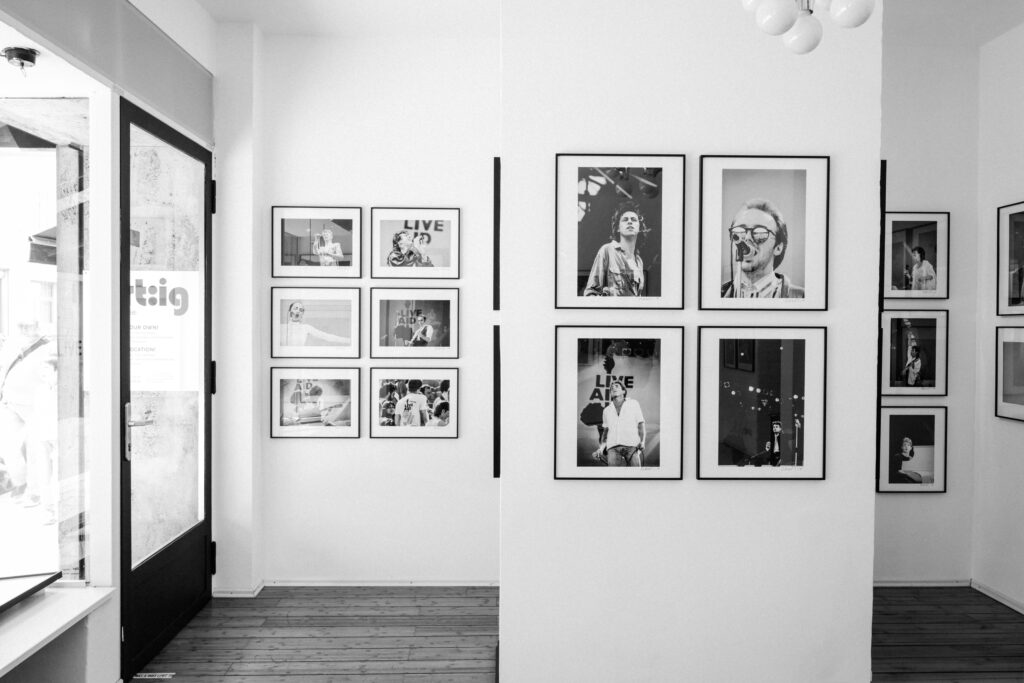
What hasn’t been seen until now are the quiet frames between the sound. The stillness behind the volume. British photographer Andrew Catlin – only 25 years old at the time – was one of a handful of photographers granted full access during Live Aid. While the world was watching in motion, Catlin was documenting in pause.
Now, exactly forty years later, a curated selection of these never-before-exhibited photographs has been unveiled during a one-week-only exhibition at art:ig Galerie in Munich. A quiet resurfacing of analog history – stripped of nostalgia, and full of presence.
Beyond the Iconic
Catlin’s images are not loud. They don’t try to be remembered. They simply are.
Freddie Mercury is captured mid-performance, not in his most famous pose, but in a glance, in breath. Bono is caught with closed eyes, holding a note or a moment – it’s not clear which. Bob Geldof, the architect of the entire initiative, stands not as organizer or celebrity, but simply as a man. These are not concert photos. They are portraits of conviction.
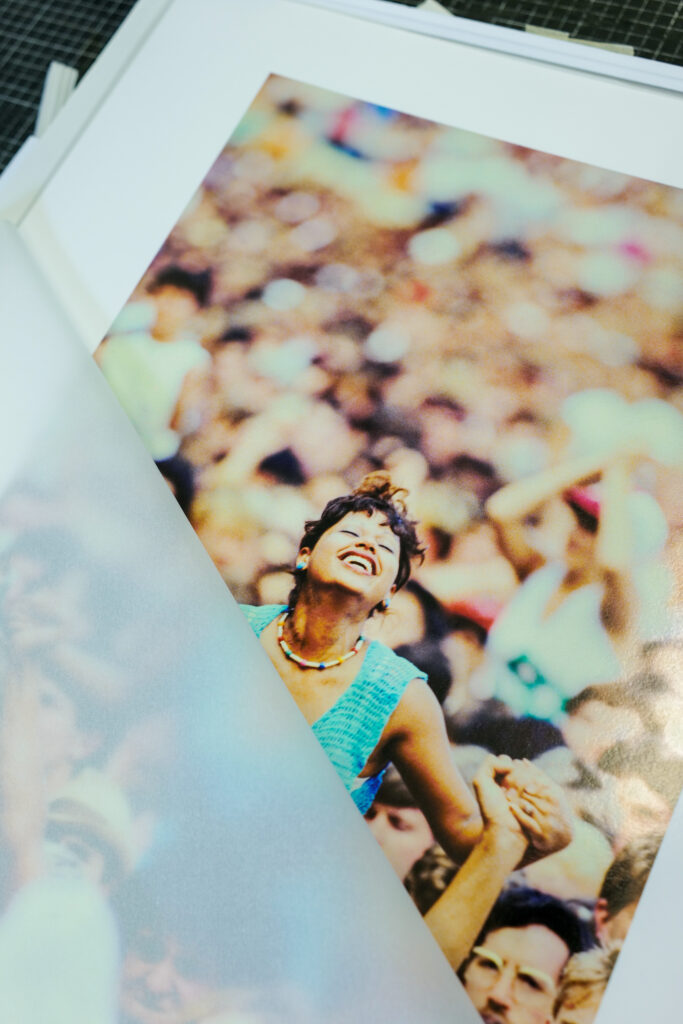
Many of these images remained untouched for four decades, quietly resting in analog negatives. The film grain, the framing, the absence of manipulation – everything speaks to a kind of visual integrity that’s become rare in a digital world. You don’t scroll past these photographs. You absorb them.
A Photographer Who Doesn’t Just Document – He Understands
Andrew Catlin didn’t arrive at photography through fashion or fame. With a background in psychology and zoology, he brought an observational precision to his lens – part scientist, part storyteller. His eye doesn’t chase theatrics. It reveals character.
Throughout the 1980s and ’90s, he photographed for NME, Rolling Stone, and Melody Maker, often capturing the soul of artists long before branding swallowed music. His later works – films, experimental photo narratives, and the acclaimed Rebel Song project – are extensions of this same belief: that stillness speaks.
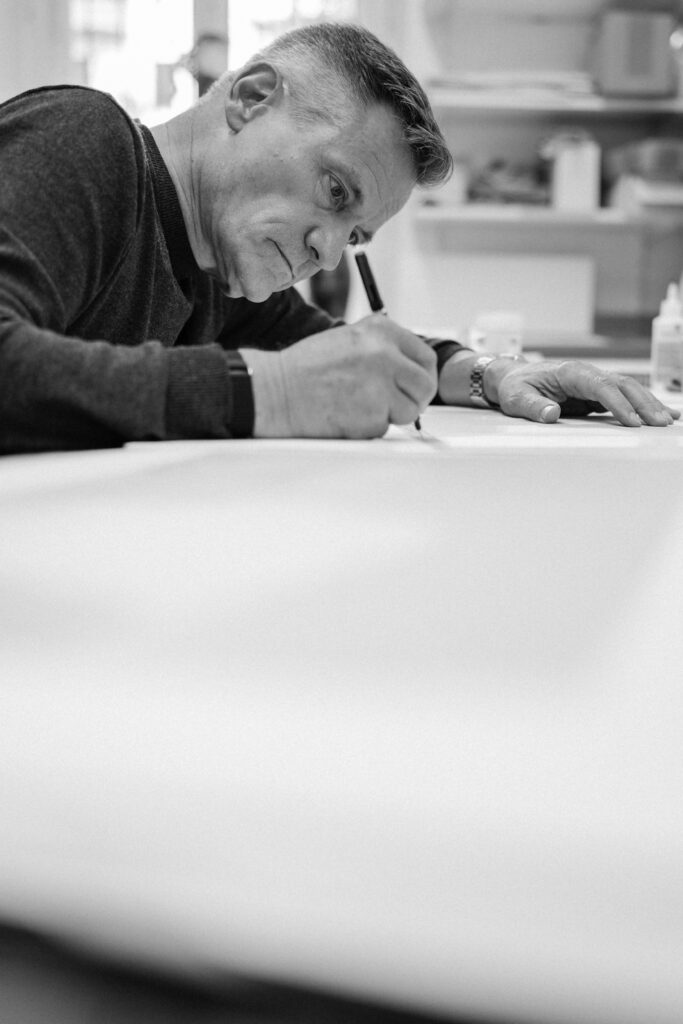
Portrait by Michael Frick
Why This Matters Now
As we sit in an era where music has become algorithmic and moments are manufactured for metrics, Catlin’s rediscovered images offer something rare: authenticity without nostalgia.
The 40th anniversary of Live Aid isn’t just about looking back – it’s about reclaiming the idea that art, when rooted in purpose, leaves an imprint deeper than trend or volume. And Catlin’s photographs don’t simply show us what Live Aid looked like – they remind us what it meant.
Some moments are louder in silence. Forty years later, we’re finally hearing them.